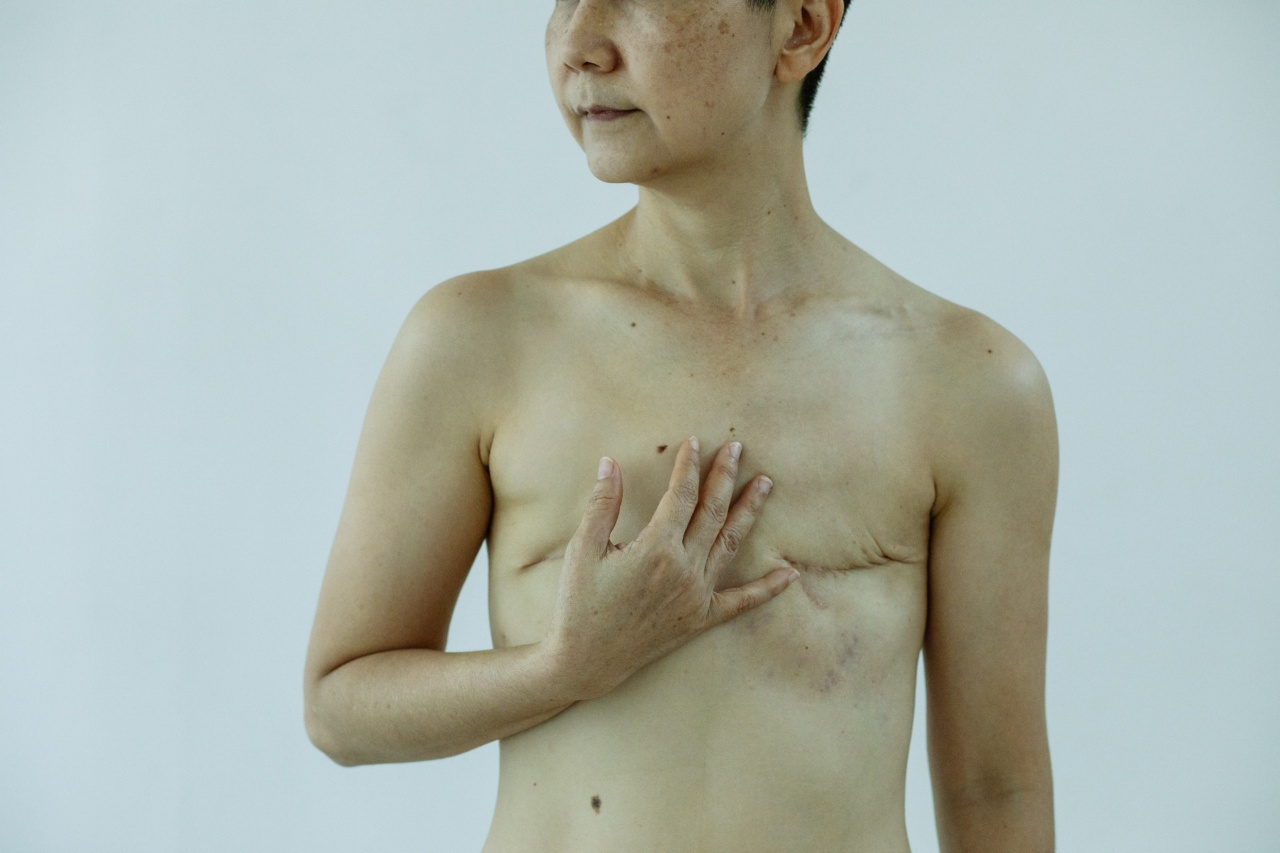The relationship between thyroid disorders and breast cancer has been a subject of much interest and research in recent years. Both of these conditions are fairly common, affecting a significant number of women worldwide.
Understanding the potential connection between the two can help us better manage and prevent these diseases. In this article, we will explore the possible links between thyroid disorders and breast cancer, the risk factors associated with both conditions, and the importance of early detection and treatment.
1. Thyroid Disorders
The thyroid is a small, butterfly-shaped gland located at the base of the neck. It is responsible for producing hormones that regulate the body’s metabolism and energy levels.
Thyroid disorders occur when the thyroid gland doesn’t function properly, leading to an imbalance of these hormones.
There are several types of thyroid disorders, including:.
• Hypothyroidism: Also known as an underactive thyroid, this condition occurs when the thyroid gland does not produce enough thyroid hormones. Symptoms may include fatigue, weight gain, depression, and dry skin.
• Hyperthyroidism: Also known as an overactive thyroid, this condition occurs when the thyroid gland produces an excess of thyroid hormones. Symptoms may include weight loss, rapid heart rate, anxiety, and tremors.
• Thyroid nodules: These are lumps or growths that form within the thyroid gland. While most nodules are benign, some can be cancerous.
2. Breast Cancer
Breast cancer is the most common cancer among women worldwide. It occurs when abnormal cells in the breast begin to grow and divide uncontrollably. The exact causes of breast cancer are not fully understood, but certain risk factors have been identified.
Some common risk factors for breast cancer include:.
• Age: The risk of breast cancer increases with age, particularly after menopause.
• Female Gender: Breast cancer primarily affects women, although men can also develop the disease.
• Family History: Women with a family history of breast cancer, especially among first-degree relatives, have a higher risk of developing the disease.
• Genetic Mutations: Mutations in certain genes, such as BRCA1 and BRCA2, are associated with a significantly increased risk of breast cancer.
3. The Link between Thyroid Disorders and Breast Cancer
Although studies have produced conflicting results, there is some evidence suggesting a potential link between thyroid disorders and breast cancer. Hormonal imbalances caused by thyroid disorders may contribute to an increased risk of breast cancer.
One study published in the Journal of Clinical Endocrinology and Metabolism found that women with a history of thyroid disorders had a slightly higher risk of developing breast cancer compared to women without thyroid disorders.
Another study conducted in Italy also reported a higher incidence of thyroid disorders among women with breast cancer.
It is important to note that while there may be a relationship between thyroid disorders and breast cancer, it does not imply causation.
More research is needed to better understand the underlying mechanisms and potential risk factors that connect these two conditions.
4. Shared Risk Factors
In addition to the potential hormonal connection, thyroid disorders and breast cancer share some common risk factors. For example:.
• Age: Both thyroid disorders and breast cancer are more common as women age.
• Hormonal Factors: Estrogen, a hormone strongly associated with breast cancer risk, may also play a role in thyroid disorders.
• Genetic Factors: Certain genetic mutations, such as the BRCA1 and BRCA2 genes, have been linked to an increased risk of both thyroid disorders and breast cancer.
Understanding these shared risk factors can help healthcare professionals identify high-risk individuals and develop appropriate screening and prevention strategies.
5. Importance of Early Detection and Treatment
Both thyroid disorders and breast cancer respond well to early detection and treatment.
Regular screenings and self-examinations can help identify abnormalities in the thyroid gland and breasts at an early stage, allowing for prompt medical intervention.
For thyroid disorders, blood tests that measure thyroid hormone levels can help diagnose hypothyroidism or hyperthyroidism. In some cases, imaging tests like ultrasounds or fine-needle aspiration may be used to evaluate thyroid nodules.
For breast cancer, mammograms are the most common screening tool. Women over the age of 40 are recommended to undergo regular mammography screenings, which can detect breast tumors before they can be felt during a physical examination.
In addition, self-examinations and clinical breast exams by healthcare professionals are essential components of breast cancer detection.
Early treatment for both thyroid disorders and breast cancer can significantly improve outcomes. Depending on the specific diagnosis, treatment options may include medication, surgery, radiation therapy, or a combination of these approaches.
Conclusion
While the relationship between thyroid disorders and breast cancer is still being studied, it is important for healthcare providers and individuals to be aware of the potential connection.
Both conditions are prevalent among women, and early detection and treatment play crucial roles in managing and preventing adverse outcomes.






























